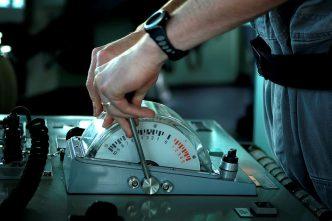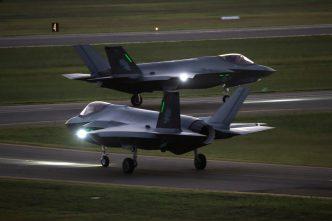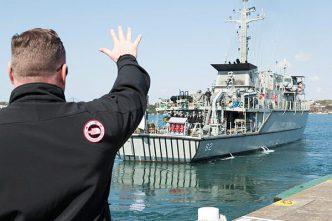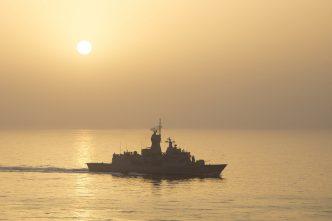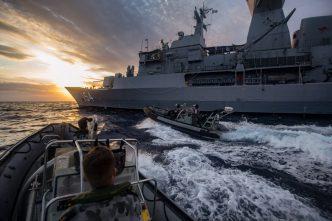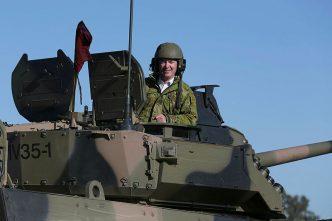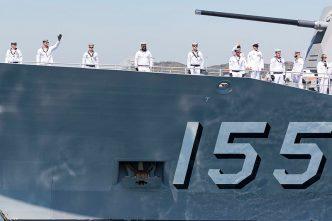As a historian, I hold the now rather quaint view that the classics can help us make sense of the world. So to understand the recent efflorescence of debate in Australian strategic policy circles prompted …
Rob Bourke’s new study, Defence projects and the economy, lets us draw important lessons for maximising the economic benefits of building military equipment in Australia. As the study states, ‘domestic builds tend to be economically …
The public discourse on artificial intelligence in the military context tends to get messy very quickly. There seems to be an AI variant of Godwin’s law (which holds that as any online discussion grows longer, …
The first question that people ask me about the defence budget is, ‘Will it reach 2% by 2020–21 as the government promised?’ The short answer is yes. According to the budget papers, the consolidated defence …
The big news in Australia’s joint strike fighter project in the past year was the arrival of the first two F-35s at RAAF Williamtown in December. Australian-owned aircraft have been operating for several years in …
Yesterday from the election campaign trail in Western Australia, Prime Minister Scott Morrison made some naval shipbuilding announcements relating to the Royal Australian Navy’s mine-clearing and hydrographic capabilities. Speaking from the Henderson shipyard south of …
In my initial analysis of the 2019–20 Defence budget, I suggested that in the four budgets since the 2016 defence white paper, the actual funding that the government has provided to Defence has come remarkably …
As I discussed in part 2 of this series, the Anzacs are high-quality frigates. They will likely age gradually but gracefully over the next 24 years on their journey to eventual retirement. But the issue …
In part 1, I discussed how the Anzac class of frigates is only halfway through its service life and the last of the class now needs to remain in service until 2042–43 as the new …
The Defence budget continues to deliver as expected. As forecast last year, there will be a modest increase in 2019–20 of around 1.2% in real terms, to $38,742 million (including both the Department of Defence …
Moving from the Collins-class submarines to the Attack class is not the only long and complex capability transition that the Royal Australian Navy is embarking upon. The journey from the current Anzac-class frigates to the …
Ever since the stunning US success in the 1991 Gulf War, we have increasingly come to take precision bombing for granted. While militaries may sometimes misidentify a target, we assume that they can precisely hit …

